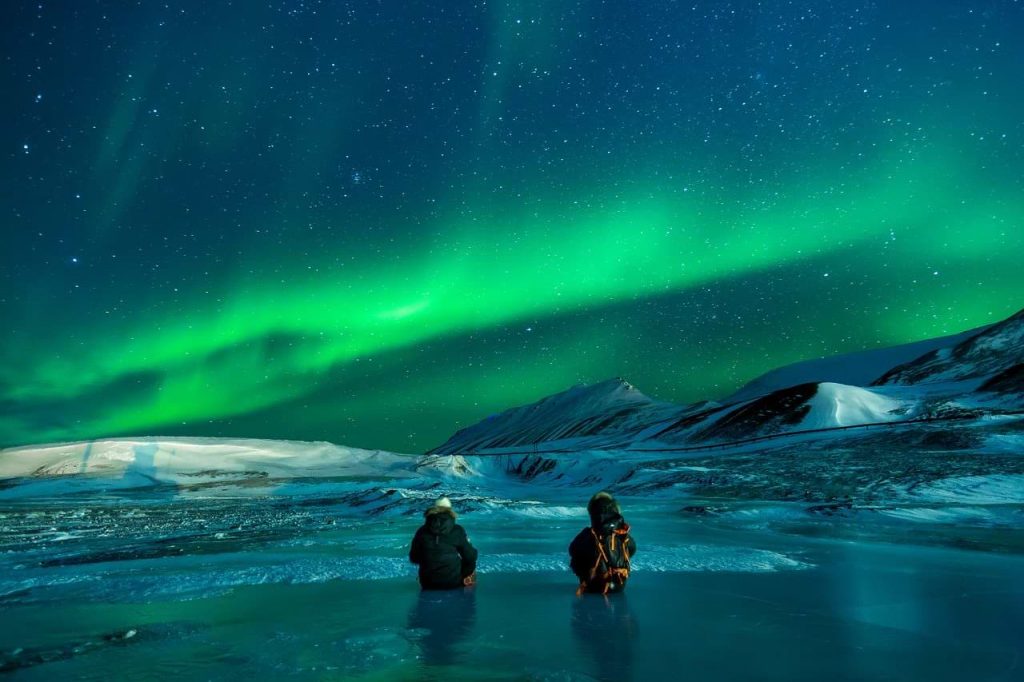Imagine a world without light and color; it’s not that hard, just close your eyes and keep it that way forever.
As essential as it is for, well, pretty much everything, light, and color are actually extremely complex scientific issues that, simply put, scientists are still trying hard to comprehend. However, here are some illuminating facts about them:
What is Light?
One of the most essential aspects of the known universe, light is understandably mysterious…substance? Particle? Wave? Scientists aren’t really super sure at this point. However, attempts have been made since time immemorial, from the idea of light as atoms by the Classical Greeks, to light being one of the subtle elements by Classical Hindu philosophers.
But most of what modern scientists know about light comes from two 17th century scientists: Isaac Newton and Christiaan Huygens. Both scientists had an idea of what light was: Newton postulated that light was made of ‘corpuscles’, tiny particles that originate from hot objects like fire or the sun. Meanwhile, Huygens theorized that light was a wave that moved up and down whilst moving forward.
While both scientists, as well as the ancient Greeks and Hindus, had an idea of how light behaved, none of them had a solid concept of what light is actually made of: Newton stopped short of describing what corpuscles are made of, while Huygens didn’t necessarily know what was ‘waving’ in the first place.
One of the first people to help postulate the fabric of light itself was Hans Christian Ørsted in 1820. As he was giving a lecture on electricity using a compass and battery, he noticed that electric and magnetic fields had a more-than-just tenuous connection to one another. 11 years later, in 1832, English scientist Michael Faraday reinforced the idea, finding that a fluctuating magnetic field could create an electric field.
With these ideas in place, Scottish physicist James Clerk Maxwell put two and two together (along with a few other, highly complex scientific principles) and created a single, coherent, and viable theory called ‘electromagnetism’. Maxwell then used this new theory, along with choice ideas from Faraday and Ørsted to finally explore what exactly ‘light’ is made of.
Maxwell found that a constantly changing electrical field generates a constantly changing magnetic field, which, in turn, would create another constantly changing electric field, and so on and so forth. This created a self-sustaining electromagnetic field that was constantly creating itself, traveling at speeds of 300,000 meters per second, a speed that is surprisingly close to modern-day measurements of the speed of light.
Finally, James Clerk Maxwell had cracked an ancient mystery: light was an electromagnetic field that was speeding through space.
What is Color?
Now that we know what light is, let’s take a look at the color. At its most basic, color is the aspect of any object in the universe that is caused by the way the different qualities of light are being either reflected or absorbed or in some cases emitted, by that particular object.
There is no color without light; when light hits an object, certain colors are absorbed the object while other colors are reflected. This is what our eyes see; colors are the light that an object has bounced back to our eyes.
As mentioned earlier, light is an electromagnetic field traveling through space. This field is made up of different electromagnetic waves that have different wavelengths. The collection of these electromagnetic waves is what we call the visible light spectrum. Within the spectrum, every single wavelength corresponds to a particular color. We know this thanks to Isaac Newton, who showed us that what we perceive to be ‘white’ light is actually made up of the different colors of the visible spectrum.
The inner structures of a prism make it possible for it to separate light into its constituent wavelengths. When light is dispersed, we see 7 colors: red, orange, yellow, green, blue, and violet, or ROYGBIV for short. The color with the longest wavelengths is red, while the shortest wavelength is violet. This is why reddish colored lights are more visible in long distances, while lights in the bluish-violet side of the spectrum are best seen in short distances.
Put all the wavelengths together and you get white. With this in mind, we can say that white isn’t actually a color at all; rather, ‘white’ is the presence of all colors and is not a color in and of itself. In the same manner, ‘black’ isn’t color either; it is the absence of any and all colors.

